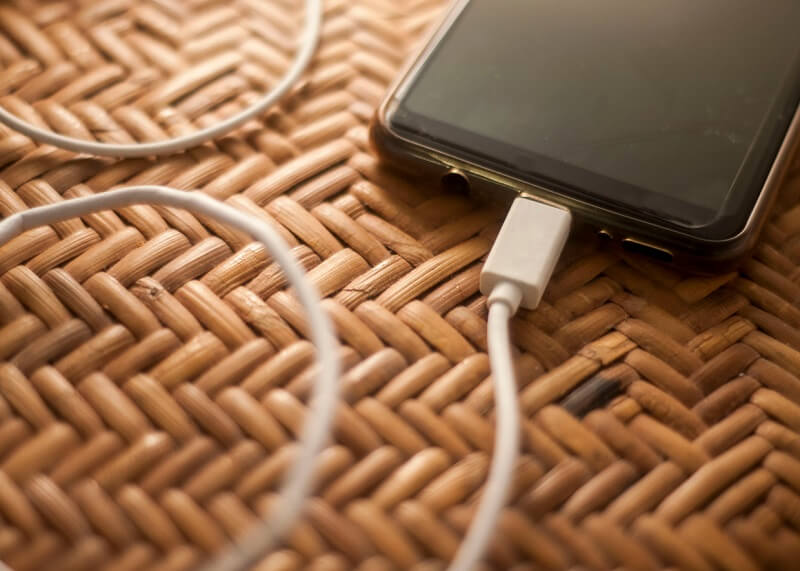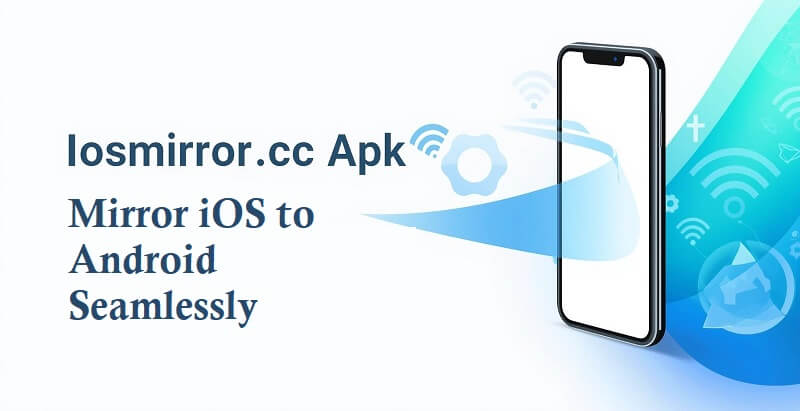Hey guys, today in this article, we will discuss how to know if the charger is compatible with your smartphone. So keep reading.
Changing the charger on your smartphone is a big choice since it’s a key component for the device to work properly.
This thing may seem to be insignificant, yet it is not. Using the incorrect charger might result in a poor battery charging experience or, in more extreme circumstances, irreversible phone damage that could have been prevented.
In this article, we’ll go through the factors to consider and pay special attention to while selecting an alternate charger for your smartphone. Taking the time to consider these factors will help you avoid incurring even more costs with the equipment.
How To Know If The Charger Is Compatible With Your Smartphone:
Does It Have The Power You Need?

Consult your smartphone’s technical specifications to ensure that the charger you’re buying is compatible, both in terms of volts and amps.
If you choose a charger that is lower in amperage than the one recommended by your smartphone maker, the charging period will be far longer than anticipated. However, if you get a lot more powerful attachment and your phone does not support these specs; the chances of the device malfunctioning are high.
Is The Charger Original Or Copy (Or Parallel, Or Alternative)?
I don’t think I need to go into detail about this, but it’s important to spend your money on original chargers or chargers from reputable manufacturers if only to guarantee that the product works with your smartphone. Power fluctuations, short circuits, and other anomalies caused by parallel, alternative, or counterfeit chargers might irreversibly harm your smartphone. Then there’s the addendum, which is much worse than the sonnet. Paying a premium for a smartphone while saving money on a charger is, to say the least, incongruent.
Keep An Eye On Adapters

Depending on the kind of phone you have, purchasing a different charger might result in a quicker or more efficient smartphone battery recharging. However, you should double-check that the adapter you bought complies with all of your phone’s technical specifications, including rapid charging mode.
The Charging Port
Your charging adaptor will most likely have a USB or USB-C connection. The battery recharging speed may also be adjusted by selecting one of the two options. You will spend more or less time charging your device’s battery depending on the technology you choose. The existence or absence of USB-C in the iPhone’s Lightning cord follows the same regulation. The recharging time is usually a bit faster when using this adapter.
Consider Using Wireless Chargers

The use of a wireless charging pad to replenish the battery of a smartphone has become commonplace. This recharge format isn’t supported by all phones, however. Check to see whether your gadget supports wireless smartphone charging and, if it does, how fast it works. Furthermore, connecting the 10W wireless charging station to a 25W USB charger is pointless. The wireless adapter will ALWAYS charge at the slowest rate possible.
And If You Are Wrong?
If you connect a 65W charger to a phone that has a 20W rapid charging option, almost nothing will go wrong. In actuality, the smartphone’s CPU will recognize that the connected charger is quicker than the smartphone’s requirements and will deliver electricity at a reduced rate.









